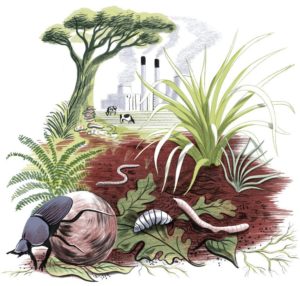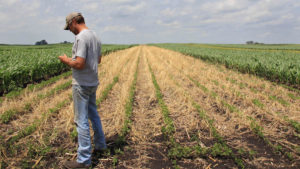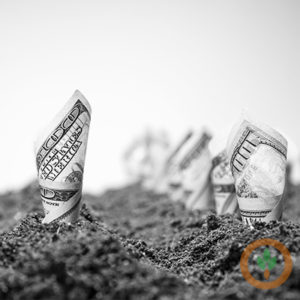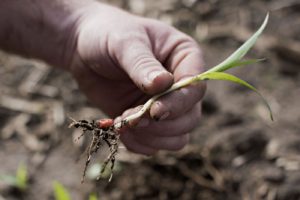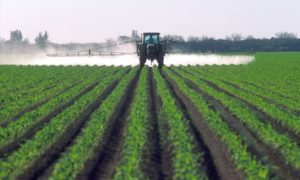It’s not just a lack of grocery stores that’s making us fat. It’s an overabundance of fast food. ”For a study published in November in the International Journal of Environmental Research and Public Health, researchers from the University of Connecticut’s Rudd Center for Food Policy and Obesity compared the obesity rate of U.S. counties to their ratio of fast-food restaurants and convenience stores to grocery stores and supermarkets—their level of food-swampiness, in other words. The food swamps had about four unhealthy options for each healthy one. Food swamps were a strong predictor of obesity rates—even stronger than food deserts were. The relationship between food swamps and obesity was especially strong in areas where people lacked both their own cars and access to public transportation.”
”For a study published in November in the International Journal of Environmental Research and Public Health, researchers from the University of Connecticut’s Rudd Center for Food Policy and Obesity compared the obesity rate of U.S. counties to their ratio of fast-food restaurants and convenience stores to grocery stores and supermarkets—their level of food-swampiness, in other words. The food swamps had about four unhealthy options for each healthy one. Food swamps were a strong predictor of obesity rates—even stronger than food deserts were. The relationship between food swamps and obesity was especially strong in areas where people lacked both their own cars and access to public transportation.”



